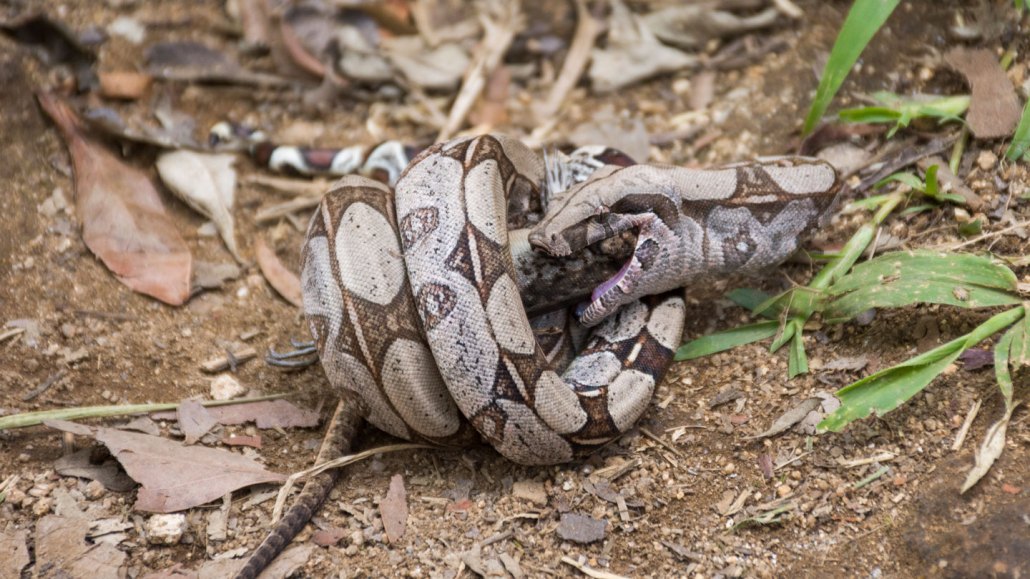Here’s how boa constrictors squeeze their dinner without suffocating themselves
Tracking the snakes’ ribs in X-ray videos revealed careful control over their bones’ movements

Boa constrictors (one pictured) are famous for throttling and swallowing their prey whole. Now, experiments have revealed how the snakes pull off this signature move without cutting off their own air supply.
Cavan Images/Getty Images Plus